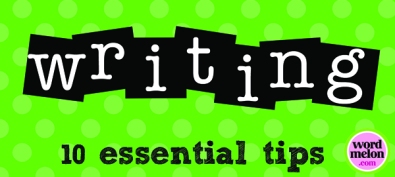Don’t judge a book by its cover.
Great advice for human interactions. Less useful for actual books.
Not only do we judge books by their covers, but when we read a book’s title we decide in an instant whether the book is for us or not.
As you’re crafting a title for your own book, keep in mind this general rule of thumb:
1. The title communicates the book’s “premise.”
2. The subtitle communicates the book’s “promise.”
Now that I’ve put it out there, I’m sure you’re scrolling through all your favorite titles that break this rule. Fine, be that way.
What can be learned from the thumb-rule, is that the best titles communicate to a distracted book browser something of what is inside the book.
The title lets the reader know the general premise of the book:
And the subtitle lets the reader know what the book promises they’ll get from it:
- One Woman’s Search for Everything Across Italy, India and Indonesia
- Powerful Lessons in Personal Change
- What the Rich Teach Their Kids About Money – That The Poor and Middle Class Do Not!
So as you craft your title, you want to be sure that the reader knows what the book is about (premise) and what’s in it for them (promise.)
Of course there will be those bestsellers that no one can account for, like Donald Miller’s Blue Like Jazz, but it’s more likely that you’ll serve your readers and your book if a reader who’s scrolling through titles on Amazon, or flipping through pages at Barnes & Noble, can know—in an instant—that your book is for her or him.
I learned this rule about titles and subtitles from my savvy friend Jonathan Merritt a few years ago…after I’d published a bunch of books.
Here are my titles (excluding collaborations/ghost writing). If the title is a win, credit goes to the publisher. If it’s a fail, probably mine. So judge me…
- The Girl in the Orange Dress: Searching for a Father Who Does Not Fail
- Unsqueezed: Springing Free From Skinny Jeans, Nose Jobs, Highlights, and Stilettos
- Small Things With Great Love: Adventures in Loving Your Neighbor
- Permission Granted: Living Graciously Among Sinners and Saints
- Not Who I Imagined: Surprised By a Loving God
- Overplayed: A Parent’s Guide to Sanity in the World of Youth Sports
Which of my titles communicates what you’ll find inside and meets a need readers actually have? Too late to change ’em, so hit me with your best shot…
This post first appeared on Margot’s blog, Wordmelon.










